Filter by

Safer healthcare : strategies for the real world
The authors of this book set out a system of safety strategies and interventions for managing patient safety on a day-to-day basis and improving safety over the long term. These strategies are applicable at all levels of the healthcare system from the frontline to the regulation and governance of the system. There have been many advances in patient safety, but we now need a new and broader v…
- Edition
- -
- ISBN/ISSN
- 9783319255590
- Collation
- xvii, 157p. : ill.
- Series Title
- -
- Call Number
- 362.110289 VIN s
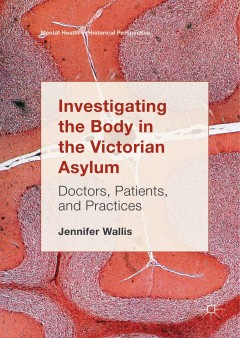
Investigating the body in the Victorian asylum : doctors, patients, and pract…
This book explores how the body was investigated in the late nineteenth-century asylum in Britain. As more and more Victorian asylum doctors looked to the bodily fabric to reveal the ‘truth’ of mental disease, a whole host of techniques and technologies were brought to bear upon the patient's body. These practices encompassed the clinical and the pathological, from testing the patient's ref…
- Edition
- -
- ISBN/ISSN
- 9783319567143
- Collation
- xvi, 276p. : ill.
- Series Title
- -
- Call Number
- 306.09 WAL i
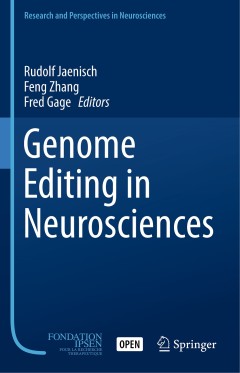
Genome editing in neurosciences
Innovations in molecular biology are allowing neuroscientists to study the brain with unprecedented resolution, from the level of single molecules to integrated gene circuits. Chief among these innovations is the CRISPR-Cas genome editing technology, which has the precision and scalability to tackle the complexity of the brain. This Colloque Médecine et Recherche has brought together experts f…
- Edition
- -
- ISBN/ISSN
- 9783319601922
- Collation
- xi, 123p. : ill.
- Series Title
- -
- Call Number
- 572.8 GEN g

Information infrastructures within European health care : working with the in…
This book consolidates experiences from across Europe on the design, development, implementation and evolution of inter-organisational information infrastructures for healthcare. It provides insights with practical relevance for those involved or interested in the planning and implementation of such infrastructures and includes 11 empirical cases on the introduction of core infrastructural arra…
- Edition
- -
- ISBN/ISSN
- 9783319510200
- Collation
- vi, 263p. : ill.
- Series Title
- -
- Call Number
- 610.285 INF i
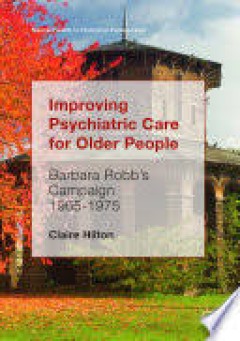
Improving psychiatric care for older people: Barbara Robb’s campaign 1965-1975
This book tells the story of Barbara Robb and her pressure group, Aid for the Elderly in Government Institutions (AEGIS). In 1965, Barbara visited 73-year-old Amy Gibbs in a dilapidated and overcrowded National Health Service psychiatric hospital back-ward. She was so appalled by the low standards that she set out to make improvements. Barbara’s book Sans Everything: A case to answer was publ…
- Edition
- -
- ISBN/ISSN
- 9783319548135
- Collation
- -
- Series Title
- -
- Call Number
- 610 HIL i
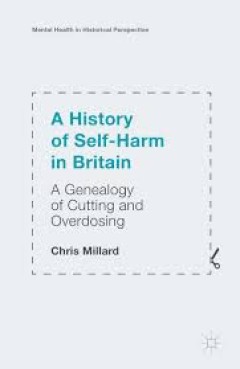
A history of self-harm in Britain: a genealogy of cutting and overdosing
This book is the first account of self-harming behaviour in its proper historical and political context. The rise of self-cutting and overdosing in the 20th century is linked to the sweeping changes in mental and physical health, and wider political context. The welfare state, social work, Second World War, closure of the asylums, even the legalization of suicide, are all implicated in the prom…
- Edition
- -
- ISBN/ISSN
- 9781137529626
- Collation
- -
- Series Title
- -
- Call Number
- 610.1 MIL a

A history of male psychological disorders in Britain, 1945–1980
Statistically, women appear to suffer more frequently from depressive and anxiety disorders, featuring more regularly in primary care figures for consultations, diagnoses and prescriptions for psychotropic medication. This has been consistently so throughout the post-war period with current figures suggesting that women are approximately twice more likely to suffer from affective disorders than…
- Edition
- -
- ISBN/ISSN
- 9781137448880
- Collation
- -
- Series Title
- -
- Call Number
- 610 HAG a
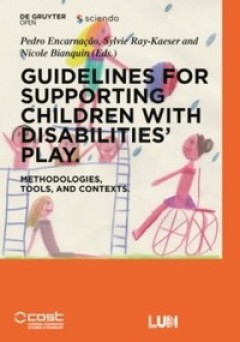
Guidelines for supporting children with disabilities' play : methodologies, t…
Play for the sake of play, without any secondary goals, if of utmost importance for children’s wellbeing and development. In this book you’ll find guidelines to support children with disabilities’ play. Providing ready-to-use information in a lay-person language, this book is for parents, teachers, rehabilitation professionals, toy manufacturers, policy makers and all persons interested i…
- Edition
- -
- ISBN/ISSN
- 9783110613445
- Collation
- XX, 172 p.
- Series Title
- -
- Call Number
- 371.9 ENC g

Malarial subjects: empire, medicine and nonhumans in British India, 1820-1909
Malaria was considered one of the most widespread disease-causing entities in the nineteenth century. It was associated with a variety of frailties far beyond fevers, ranging from idiocy to impotence. And yet, it was not a self-contained category. The reconsolidation of malaria as a diagnostic category during this period happened within a wider context in which cinchona plants and their most va…
- Edition
- -
- ISBN/ISSN
- 9781316771617
- Collation
- xvi, 332p.: ill.
- Series Title
- -
- Call Number
- 616.936200954 DEB m
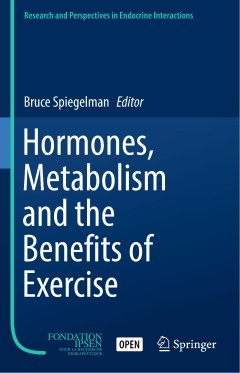
Hormones, metabolism and the benefits of exercise
The world is faced with an epidemic of metabolic diseases such as obesity and type 2 diabetes. This is due to changes in dietary habits and the decrease in physical activity. Exercise is usually part of the prescription, the first line of defense, to prevent or treat metabolic disorders. However, we are still learning how and why exercise provides metabolic benefits in human health. This open a…
- Edition
- -
- ISBN/ISSN
- 9783319727905
- Collation
- x, 102p. : ill.
- Series Title
- -
- Call Number
- 612.044 HOR h
 Computer Science, Information & General Works
Computer Science, Information & General Works  Philosophy & Psychology
Philosophy & Psychology  Religion
Religion  Social Sciences
Social Sciences  Language
Language  Pure Science
Pure Science  Applied Sciences
Applied Sciences  Art & Recreation
Art & Recreation  Literature
Literature  History & Geography
History & Geography